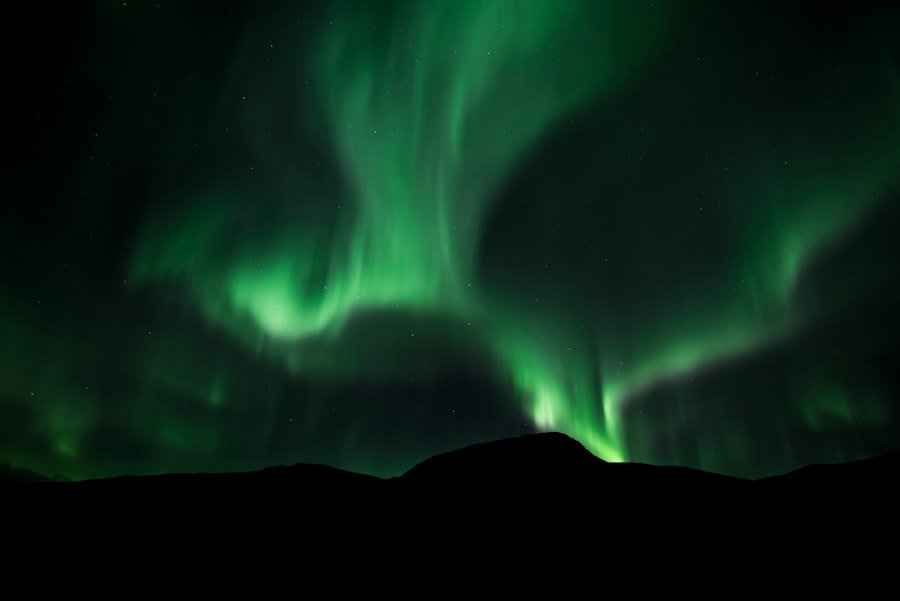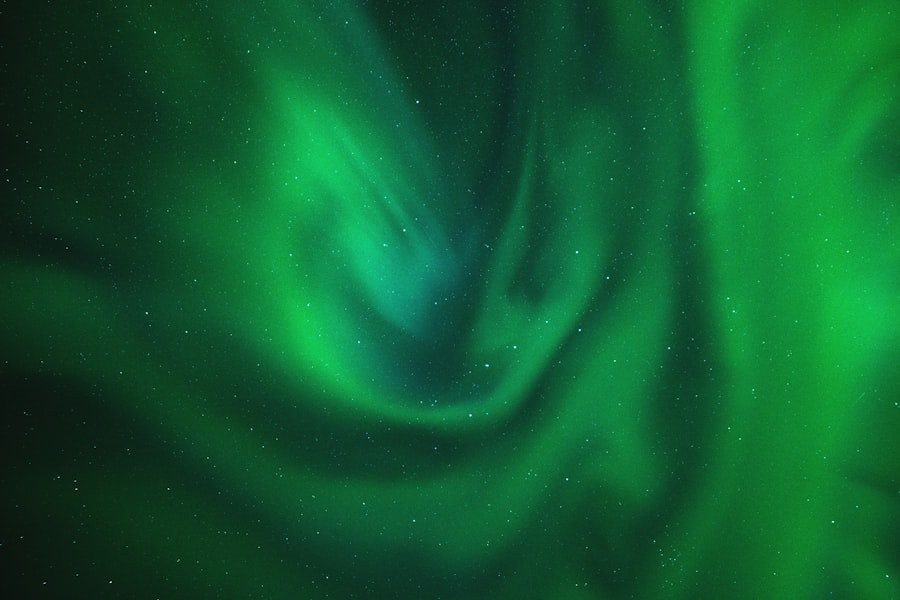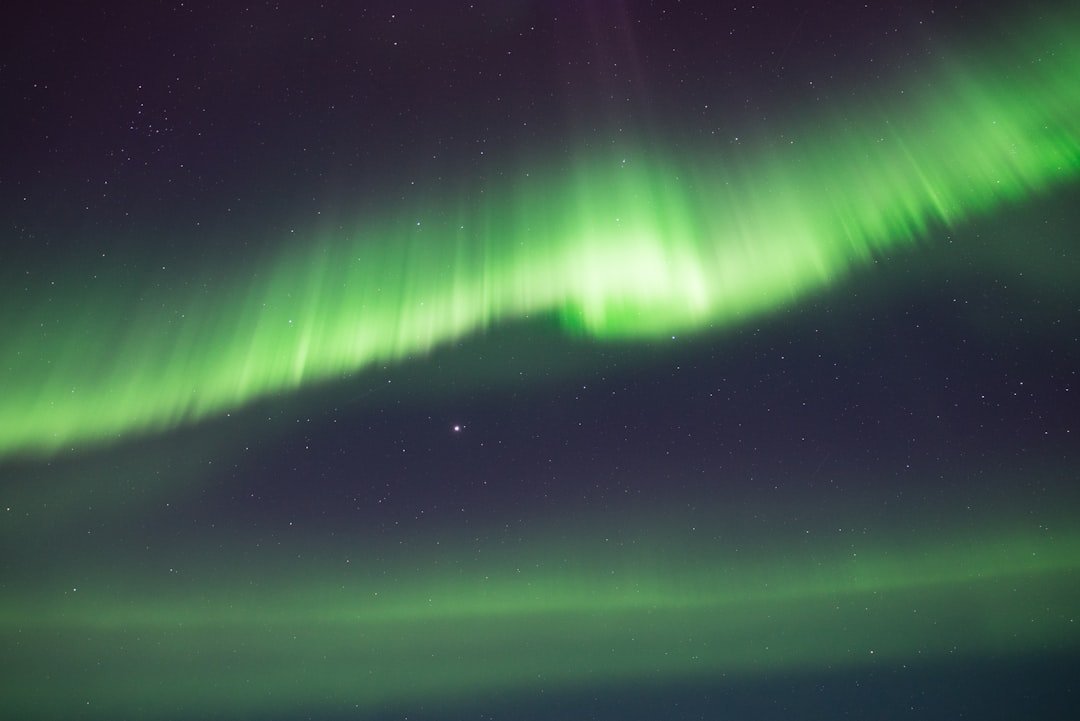The Northern Lights, or Aurora Borealis, are one of nature’s most breathtaking phenomena. This dazzling display of colors dancing across the night sky has captivated humanity for centuries. You may have heard tales of vibrant greens, purples, and reds swirling in the atmosphere, creating a spectacle that feels almost otherworldly.
But what exactly causes this mesmerizing light show? The Northern Lights occur when charged particles from the sun collide with gases in the Earth’s atmosphere. These interactions produce light, which can manifest in various forms, from gentle glows to dramatic bursts of color.
As you delve deeper into the science behind the Northern Lights, you’ll discover that they are not just a random occurrence. They are influenced by solar activity, particularly solar flares and coronal mass ejections. When these solar events happen, they send a stream of charged particles toward Earth.
The planet’s magnetic field channels these particles toward the polar regions, where they interact with atmospheric gases, resulting in the stunning light displays you see. Understanding this process not only enhances your appreciation for the Northern Lights but also helps you plan your viewing experience more effectively.
Key Takeaways
- The Northern Lights, also known as Aurora Borealis, are a natural light display in the Earth’s sky, predominantly seen in high-latitude regions.
- The best time to see the Northern Lights in Yukon is during the winter months, from late August to mid-April, when the nights are long and dark.
- Choosing the right location is crucial for viewing the Northern Lights, with areas away from light pollution and with clear, dark skies being the best options.
- Dressing for the occasion involves wearing warm, layered clothing, including thermal underwear, insulated outerwear, and waterproof boots and gloves.
- Capturing the Northern Lights on camera requires a tripod, a wide-angle lens, and a long exposure setting to capture the vibrant colors and movement of the auroras.
Best Time to See the Northern Lights in Yukon
If you’re eager to witness the Northern Lights in all their glory, timing is crucial. The best time to see this natural wonder in Yukon is during the winter months, particularly from late September to early April. During this period, the nights are long and dark, providing optimal conditions for viewing the auroras.
The cold, crisp air of winter also tends to be clearer, reducing cloud cover and increasing your chances of catching a glimpse of the lights. While winter is prime time for aurora viewing, it’s essential to consider specific factors that can enhance your experience. For instance, the peak months are typically December through February when the nights are longest and the skies are often at their clearest.
However, even in late September and early April, you can still enjoy spectacular displays if conditions are right. Keep an eye on solar activity forecasts and local weather reports to maximize your chances of witnessing this incredible phenomenon.
Choosing the Right Location

Selecting the perfect location to view the Northern Lights can significantly impact your experience. In Yukon, there are several prime spots known for their breathtaking views of the auroras. One popular choice is Whitehorse, the capital city, which offers accessibility and amenities while still providing opportunities for aurora viewing.
However, if you seek a more remote experience, consider heading to places like Kluane National Park or the small community of Dawson City. These locations offer less light pollution and stunning natural backdrops that enhance your viewing experience. When choosing a location, think about what kind of experience you want.
Do you prefer a guided tour that takes you to the best spots? Or would you rather venture out on your own? Each option has its advantages.
Guided tours often come with knowledgeable guides who can provide insights into the science and folklore surrounding the Northern Lights. On the other hand, exploring independently allows you to connect with nature on your terms and find hidden gems away from crowds.
Dressing for the Occasion
Experiencing the Northern Lights often means braving cold temperatures, so dressing appropriately is essential for an enjoyable outing. Layering is key; start with a moisture-wicking base layer to keep sweat away from your skin. Next, add insulating layers such as fleece or wool to trap heat.
Finally, a waterproof and windproof outer layer will protect you from the elements while allowing for breathability. Don’t forget about accessories! A warm hat is crucial since a significant amount of body heat escapes through your head.
Insulated gloves or mittens will keep your hands warm while allowing for dexterity when handling your camera or phone. Additionally, thermal socks and waterproof boots will ensure your feet stay warm and dry as you stand outside for extended periods. By dressing appropriately, you can fully immerse yourself in the experience without being distracted by discomfort.
Capturing the Northern Lights on Camera
For many, capturing the Northern Lights on camera is just as thrilling as witnessing them in person. To photograph this stunning phenomenon effectively, you’ll need a few essential tools and techniques. A DSLR or mirrorless camera with manual settings is ideal for capturing long exposures that reveal the vibrant colors of the auroras.
A sturdy tripod is also crucial; it stabilizes your camera during long exposure shots, preventing blurriness. When setting up your shot, consider using a wide-angle lens to capture as much of the sky as possible. Set your camera to a high ISO (around 800-3200) to allow for better light sensitivity in low-light conditions.
A shutter speed of 10-30 seconds will help capture the movement of the lights while still allowing for clarity. Experiment with different settings to find what works best for you; every aurora display is unique, and adjusting your camera settings can yield stunning results.
Other Activities to Enjoy

While witnessing the Northern Lights is undoubtedly a highlight of any trip to Yukon, there are plenty of other activities to enjoy during your visit. The region offers a wealth of outdoor adventures that allow you to immerse yourself in its stunning natural beauty. Consider trying snowshoeing or cross-country skiing through pristine landscapes blanketed in snow.
These activities not only provide a great workout but also offer unique perspectives on Yukon’s breathtaking scenery. If you’re looking for something more adventurous, dog sledding is an exhilarating way to explore the winter wilderness. Guided tours allow you to experience this traditional mode of transportation while enjoying the serene beauty of Yukon’s landscapes.
After a day filled with outdoor activities, unwind by soaking in a hot spring or enjoying local cuisine at one of Yukon’s cozy restaurants. These experiences will enrich your trip and create lasting memories beyond just chasing the auroras.
Local Tips and Recommendations
To make the most of your Northern Lights adventure in Yukon, consider some local tips and recommendations that can enhance your experience. First and foremost, be patient; auroras can be unpredictable and may not appear immediately. Bring along snacks and hot drinks to keep your energy up while waiting for the lights to show themselves.
Additionally, consider joining local aurora viewing groups on social media or forums; these communities often share real-time updates on aurora activity and weather conditions. Another valuable tip is to familiarize yourself with local customs and etiquette. Respecting nature and fellow travelers is essential in preserving Yukon’s pristine environment.
If you’re venturing out on your own, ensure you leave no trace behind and follow any guidelines set by local authorities regarding wildlife and natural habitats. Engaging with locals can also provide insights into hidden gems and lesser-known viewing spots that may not be on typical tourist itineraries.
Safety Precautions and Considerations
While experiencing the Northern Lights can be magical, it’s essential to prioritize safety during your adventure. The cold temperatures can pose risks such as frostbite or hypothermia if you’re not adequately prepared. Always check weather conditions before heading out and be aware of any potential hazards in remote areas, such as wildlife encounters or unstable terrain.
Additionally, if you’re venturing into more isolated locations for aurora viewing, consider bringing a friend along or informing someone about your plans. Having a buddy system ensures that someone knows where you are in case of an emergency. Carrying a fully charged phone or GPS device can also be invaluable for navigation and communication purposes.
By taking these precautions, you can focus on enjoying the beauty of the Northern Lights while ensuring a safe and memorable experience in Yukon.
